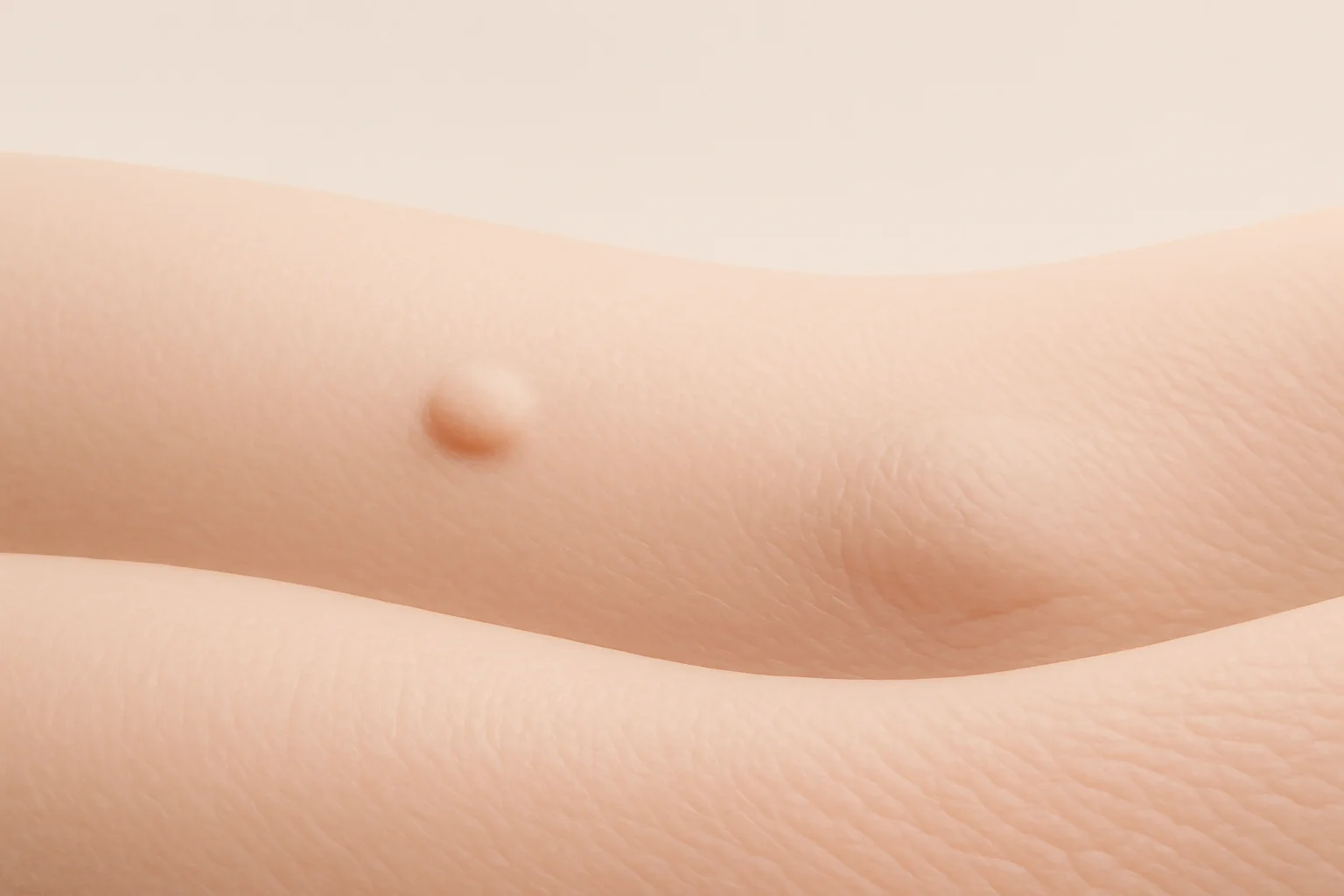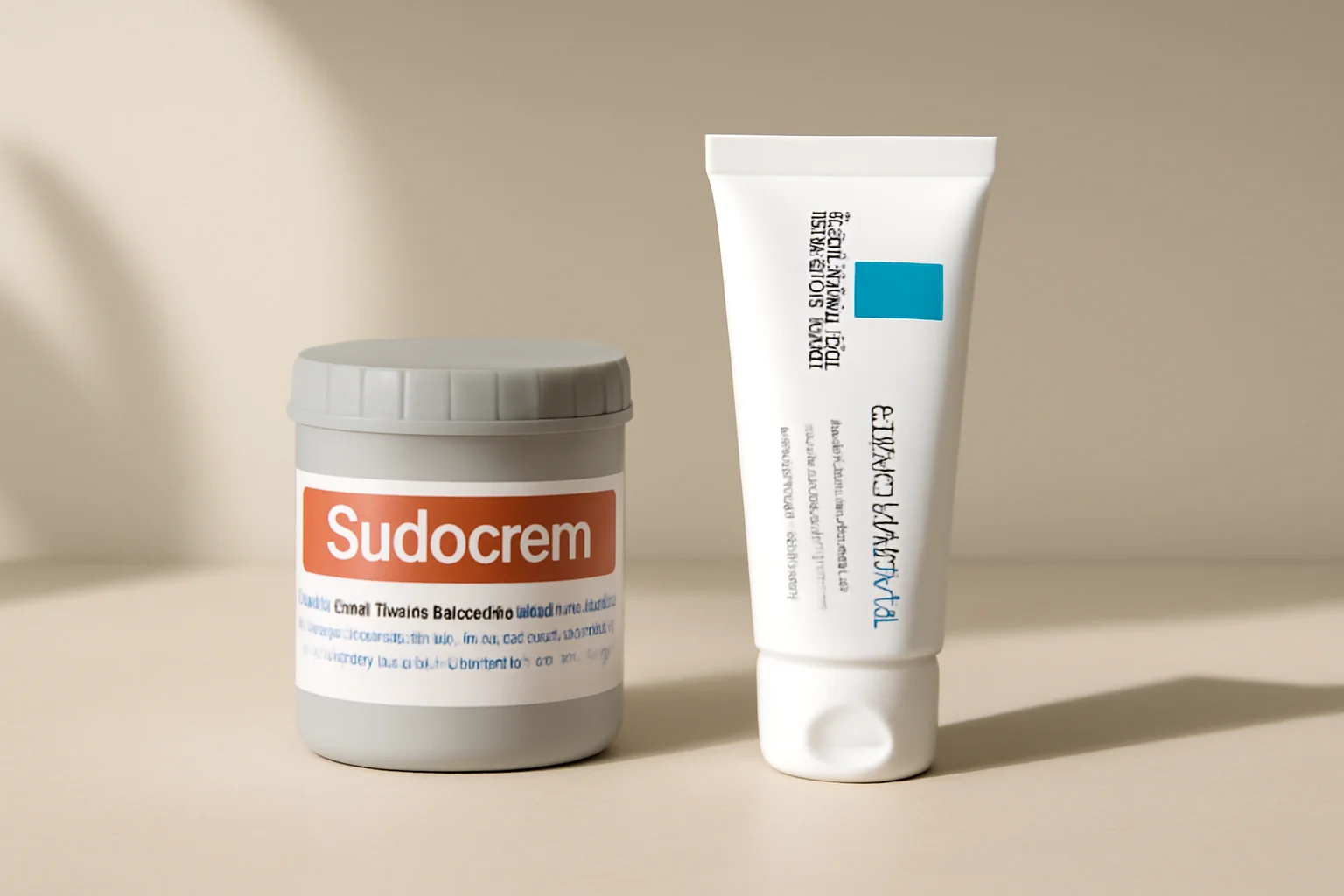
Effective Methods for Treating Skin and Nail Fungal Infections at Home
The skin fungus and athlete’s foot are among the most common fungal infections that complicate many people’s lives. These infections appear on the skin and nails, and although many do not attach great importance to them, the problems they can cause can be serious. For example, skin fungus can develop in various areas of the skin—such as the feet, hands, or folds—while athlete’s foot primarily occurs between the toes and on the soles.
These fungal infections not only cause aesthetic problems but also itching, redness, and unpleasant odors. The incidence of skin fungus and athlete’s foot particularly increases in the summer when warm and humid weather favors the proliferation of fungi. People are more prone to fungal infections if their immune system is weakened or if they sweat excessively. Wearing overly tight shoes and neglecting hygiene rules can also contribute to the development of fungal infections.
It is important to be aware of prevention and treatment options, as fungal infections can cause not only physical but also psychological problems. Establishing proper hygiene habits and early recognition of fungal infections can help avoid discomfort.
Skin Fungus: Symptoms and Causes
Skin fungus, also known as dermatophytosis, is a fungal infection of the skin caused by various types of fungi. The symptoms of skin fungus can vary, but the most common are itching, redness, and peeling. The infection typically develops in the upper layer of the skin, but in severe cases, it can spread deeper.
The causes of skin fungus can be diverse. One of the most common factors is the presence of fungi on the skin, which is favored by moisture and warm weather. Those who are prone to excessive sweating are at a higher risk. Additionally, a weakened immune system, stress, and inadequate hygiene practices can also contribute to the development of fungal infections.
It is important to note that skin fungus can develop in anyone, regardless of age or health status. The spread of the infection can also occur quickly; for example, it can be easily contracted in communal showers, swimming pools, or gyms. Skin fungus is often observed in various areas of the skin, such as the armpits, abdomen, legs, and arms.
Skin fungus not only affects the skin but also the nails and hair. As the infection progresses, the condition of the skin deteriorates, and painful lesions may even appear. Treatment for skin fungus typically involves the use of antifungal creams or medications; however, it is important to obtain a proper diagnosis from a specialist.
Athlete’s Foot: Symptoms and Prevention
Athlete’s foot, also known as tinea pedis, is a fungal infection of the foot that most commonly occurs between the toes. Symptoms of athlete’s foot include itching, redness, peeling, and cracking of the skin. The infection may also spread to the nails, causing nail fungus. Athlete’s foot spreads most commonly in warm and humid environments, making it particularly frequent during the summer months when many people wear closed shoes.
To prevent the development of athlete’s foot, it is important to maintain proper foot hygiene. Regularly washing the feet, thoroughly drying them, and wearing breathable shoes can help reduce the risk of infection. Additionally, when using communal showers, pools, and gyms, it is advisable to wear flip-flops to minimize the chances of transmission of the infection.
Treatment for athlete’s foot typically involves the use of antifungal creams and sprays. If the infection is more severe, oral antifungal medications may also be necessary. It is important to carry out the treatment under the guidance of a specialist, as improper treatment can worsen the problem.
Choosing the right footwear is also essential for treating and preventing athlete’s foot. Breathable shoes help avoid excessive sweating and reduce the risk of developing fungal infections. Monitoring the condition of the skin is also important, as it is advisable to consult a specialist at the first sign of any symptoms.
Treatment Options for Skin Fungus and Athlete’s Foot
The treatment of skin fungus and athlete’s foot typically involves antifungal medications. The first step in treatment is the accurate diagnosis of the fungal infection, which can be performed by a dermatologist. After establishing the diagnosis, the appropriate antifungal agent must be selected, which can be in the form of a cream, spray, or oral medication.
For skin fungus, topical antifungal creams such as clotrimazole or terbinafine are generally effective. These medications should be applied to the infected skin area and usually yield results within a few weeks. During treatment, it is important to keep the skin clean and allow the affected areas to ventilate.
Similar antifungal agents are available for treating athlete’s foot; however, the duration of treatment may be longer since the areas between the toes are difficult to reach. It is also important to adhere to good foot hygiene practices in the case of athlete’s foot, as fungi can quickly return if hygiene guidelines are not followed.
To prevent fungal infections, it is advisable to pay attention to maintaining foot hygiene, wearing breathable shoes, and selecting appropriate footwear when in communal areas. Regular medical check-ups are also important for preventing fungal infections, especially if someone has previously had a fungal infection.
Attention: This article does not constitute medical advice. Always consult a doctor in case of health problems.

